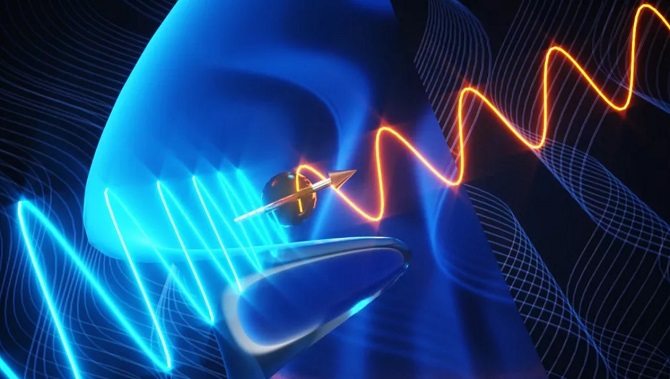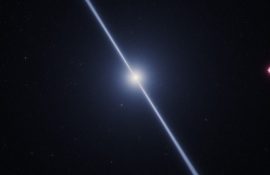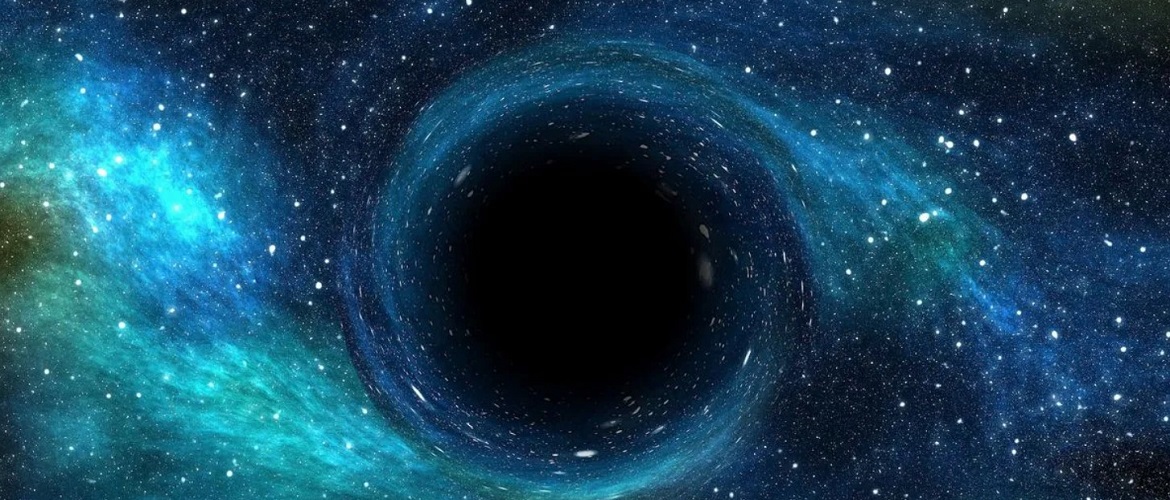A group of scientists from Boston College made a grand discovery. She claimed to have discovered a new elementary particle without using the Large Hadron Collider. The name of the new particle is the axial Higgs boson, and according to Live Science, it was discovered during an experiment on an ordinary table.

The particle is thought to be a relative of the Higgs boson, Boston College leader Kenneth Burch said. The latter completes the Standard Model of particle physics and was discovered at the Large Hadron Collider in 2012.
Burch noted that the axial Higgs boson has a magnetic force that creates a magnetic field. Therefore, according to him, this particle can claim the role of dark matter, of which the main part of the Universe consists.

The particle was discovered during an experiment on a table. The scientists used the rare earth tritelluride (a quantum substance with a two-dimensional crystal structure). In this substance, the fibers themselves line up in a wave in which the charge density can decrease or increase at certain periods.
While a certain set of waves was simulated in quantum matter at room temperature, the axial Higgs boson emerged. To observe this particle, the researchers used light scattering.

Initially, the light-scattering properties of the substance were studied, but then scientists noticed anomalous phenomena. They hinted at the existence of something entirely new. As a result, the axial Higgs boson was found. By the way, scientists assumed that it could exist, but could not detect it.
Burch believes the particle could explain the existence of dark matter. But this requires a new theory that would echo existing particle experiments, as well as the fact that more new particles can be discovered.

Despite the fact that the particle was discovered a year ago, they told about it only now, after checking all the data.







Only registered users can leave comments